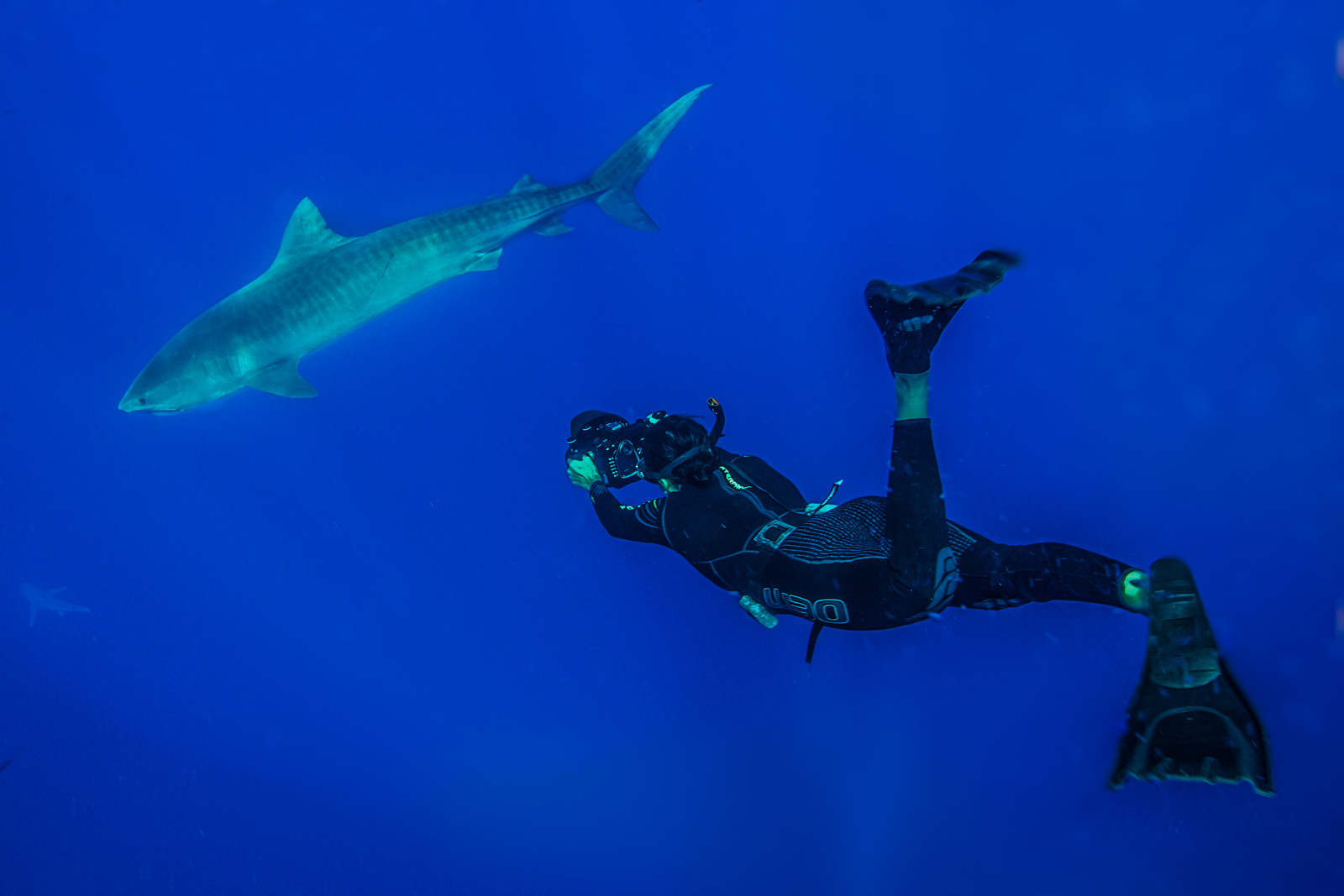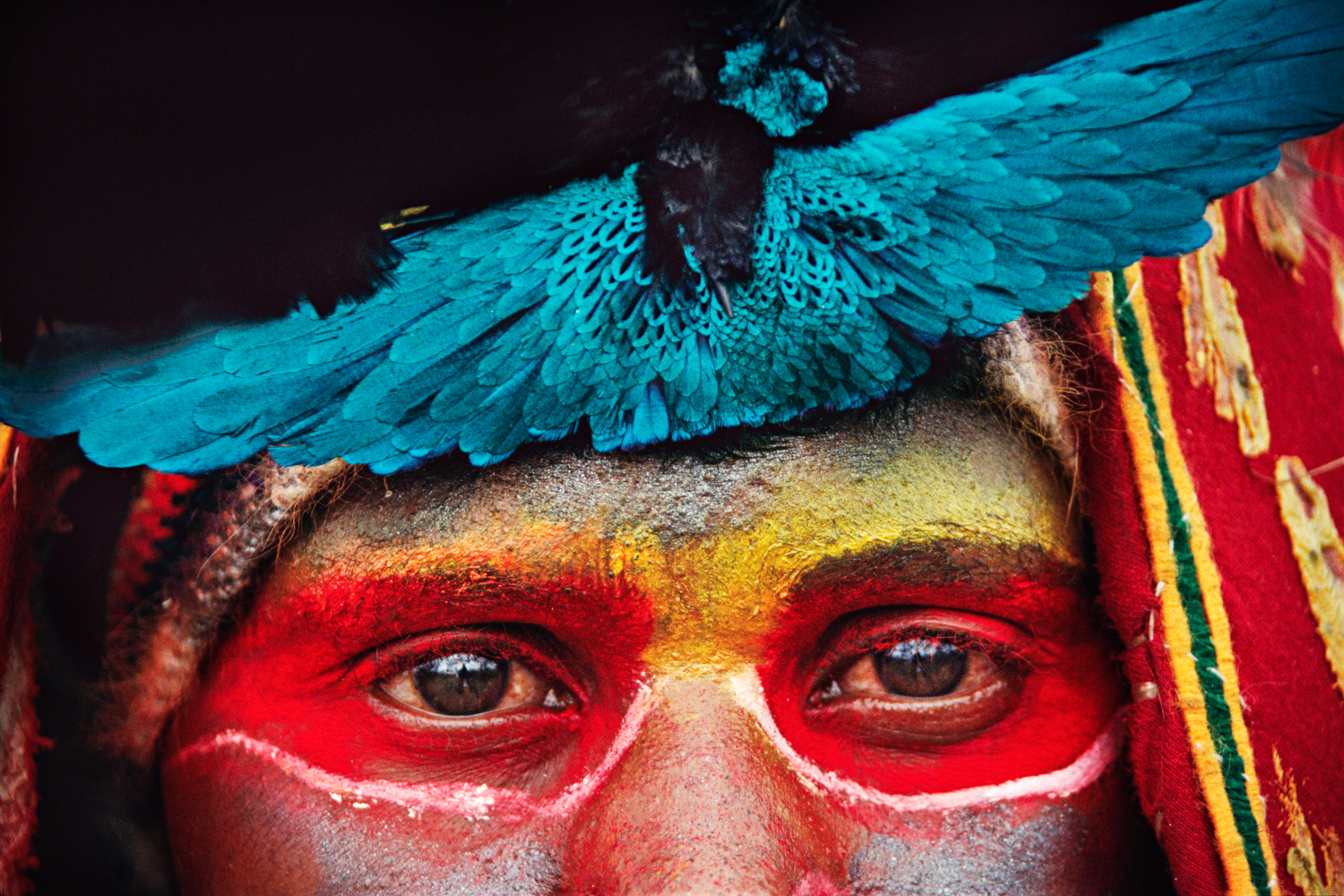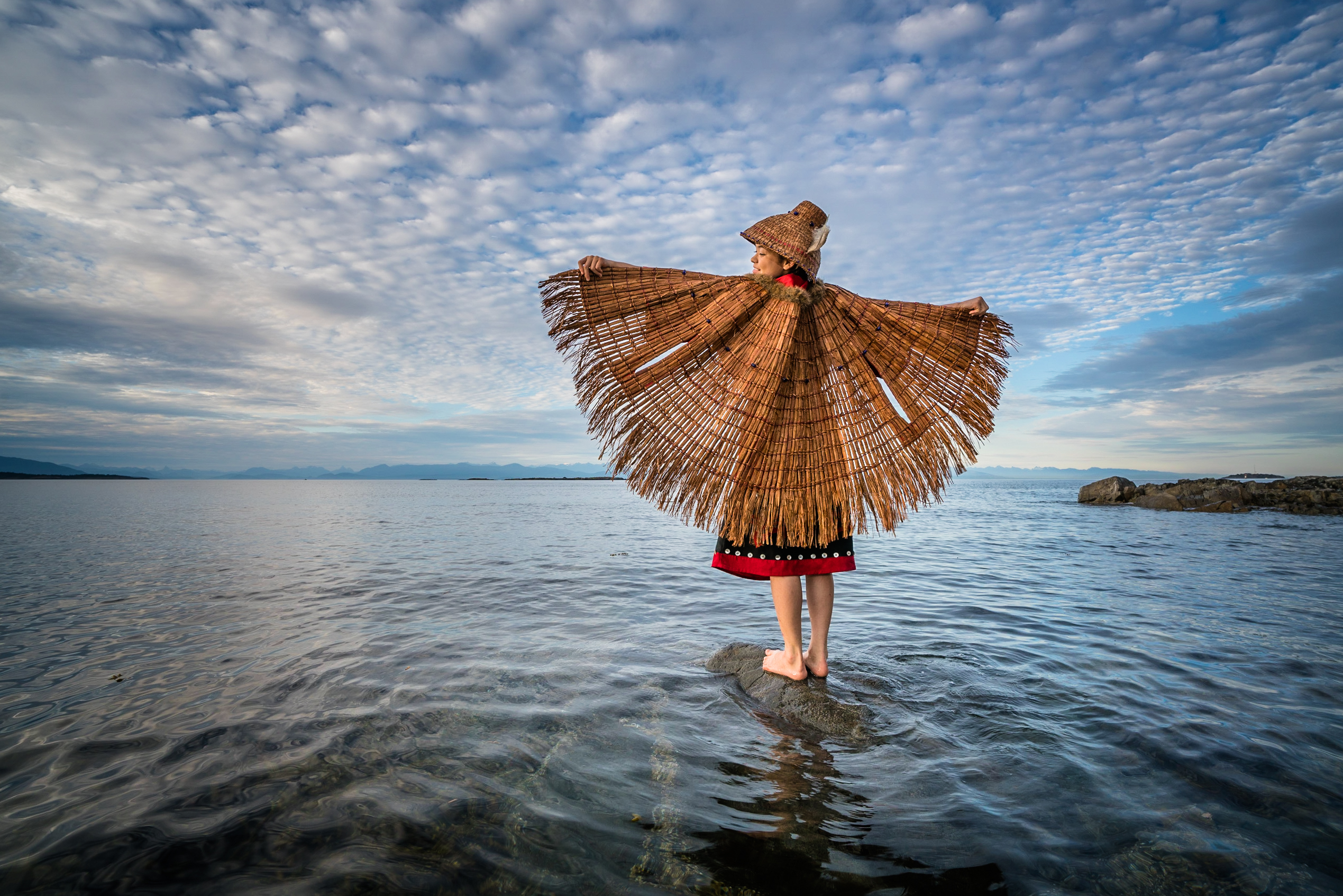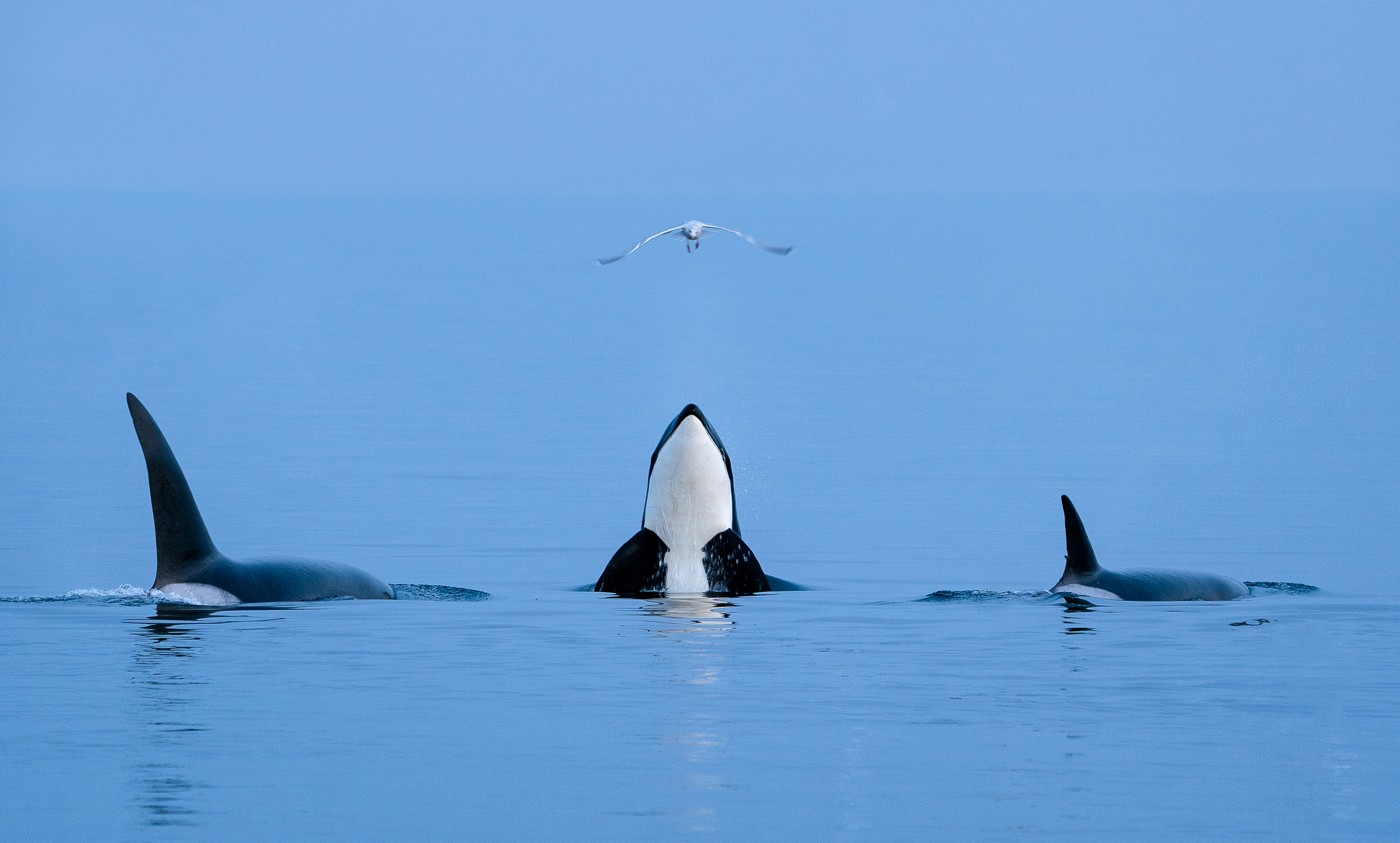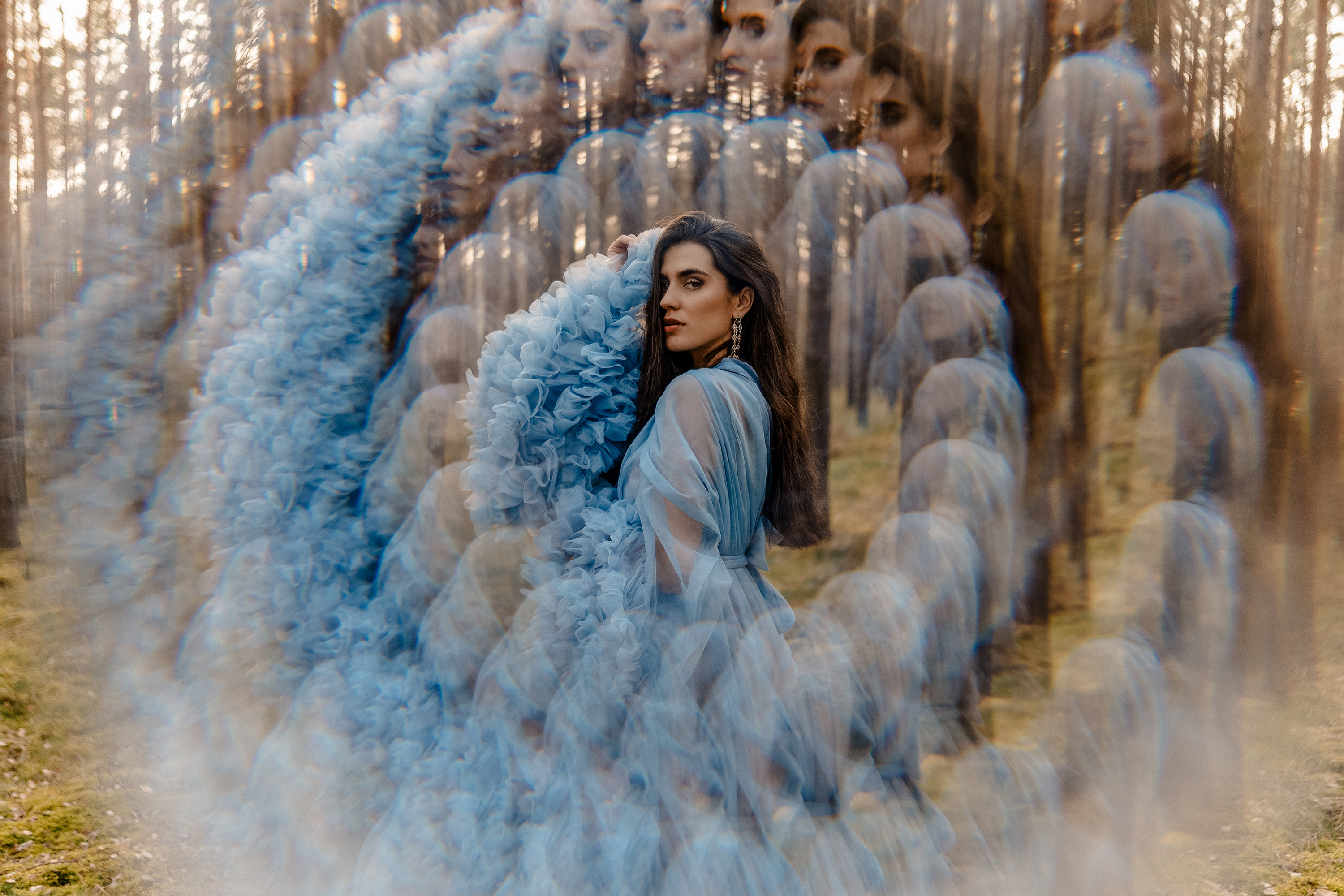World-leading Cristina Mittermeier to give unmissable talk at The Photography Show
Cristina reveals her thoughts on the future of pro photography ahead of The Photography Show this weekend
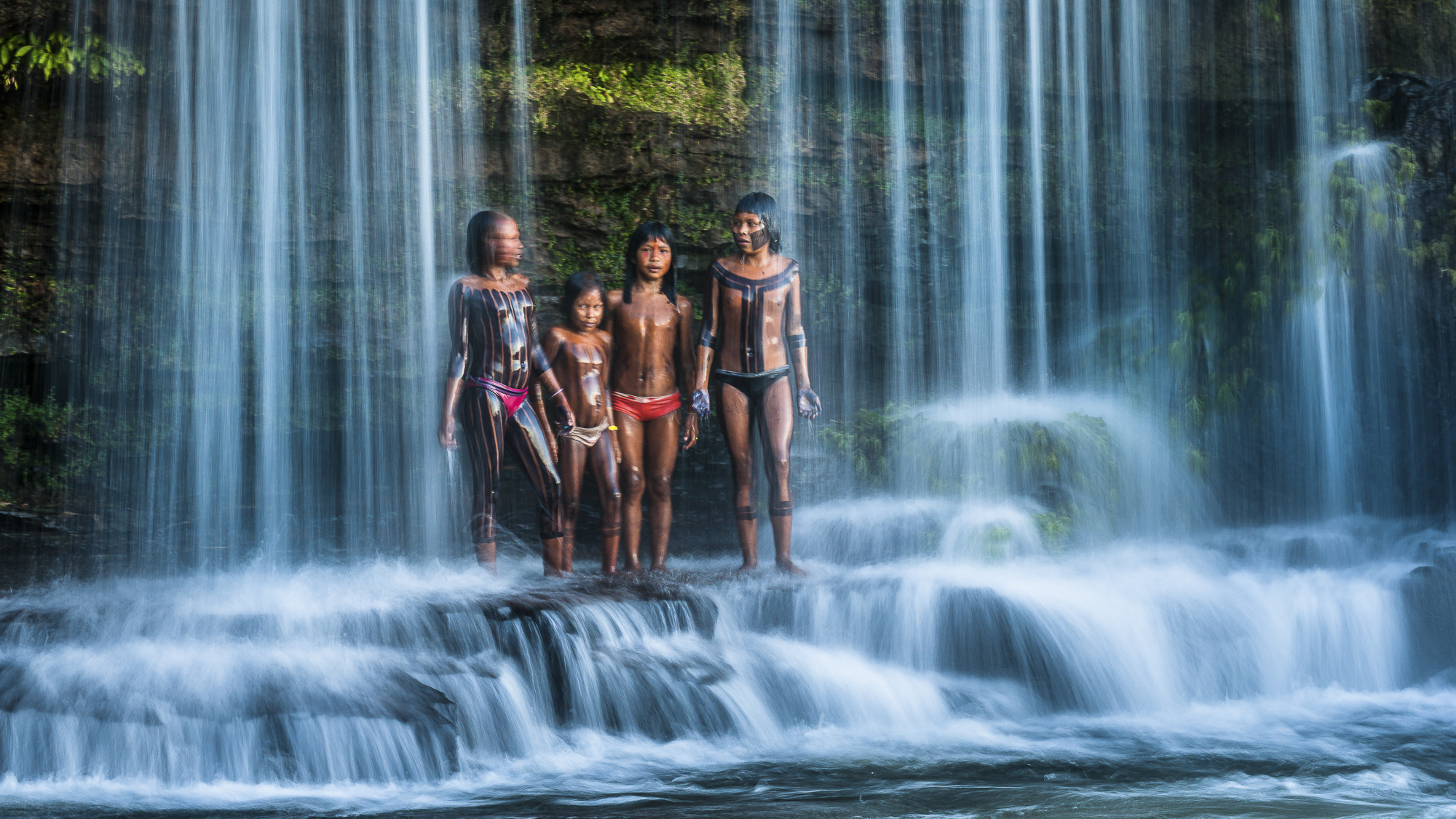
Inspirational and modern wildlife photography is a wonderful way to celebrate the natural world, but also to share the tangible threats to it from climate change, pollution, the illegal wildlife trade, and habitat loss.
Conservation photography today covers a broad realm of landscape, wildlife, and documentary images and Christina Mittermeier is one of the world's leading conservation photographers, alongside being a marine biologist and activist.
In 2014, Cristina co-founded SeaLegacy with her life partner, Paul Nicklen, a revolutionary non-profit organization dedicated to the protection of the ocean. SeaLegacy harnesses the power of storytelling to raise awareness of critical marine issues and drive advocacy, but the revolutionary twist is how it bypasses the traditional story pipeline by side-stepping the middleman: media channels.
Cristina's images are inviting new audiences to conservation, and now, she's going to share the hard-won wisdom she’s gleaned from documenting the far reaches of our planet and its people for decades at The Photography Show 2022. We spoke to Cristina about her photography, drive, and the inevitable challenges that she faces in doing what she does.
Tickets are still available to see Christina Mittermeier at The Photography Show in Birmingham, UK on Sunday, September 18, 13:15-16:30.
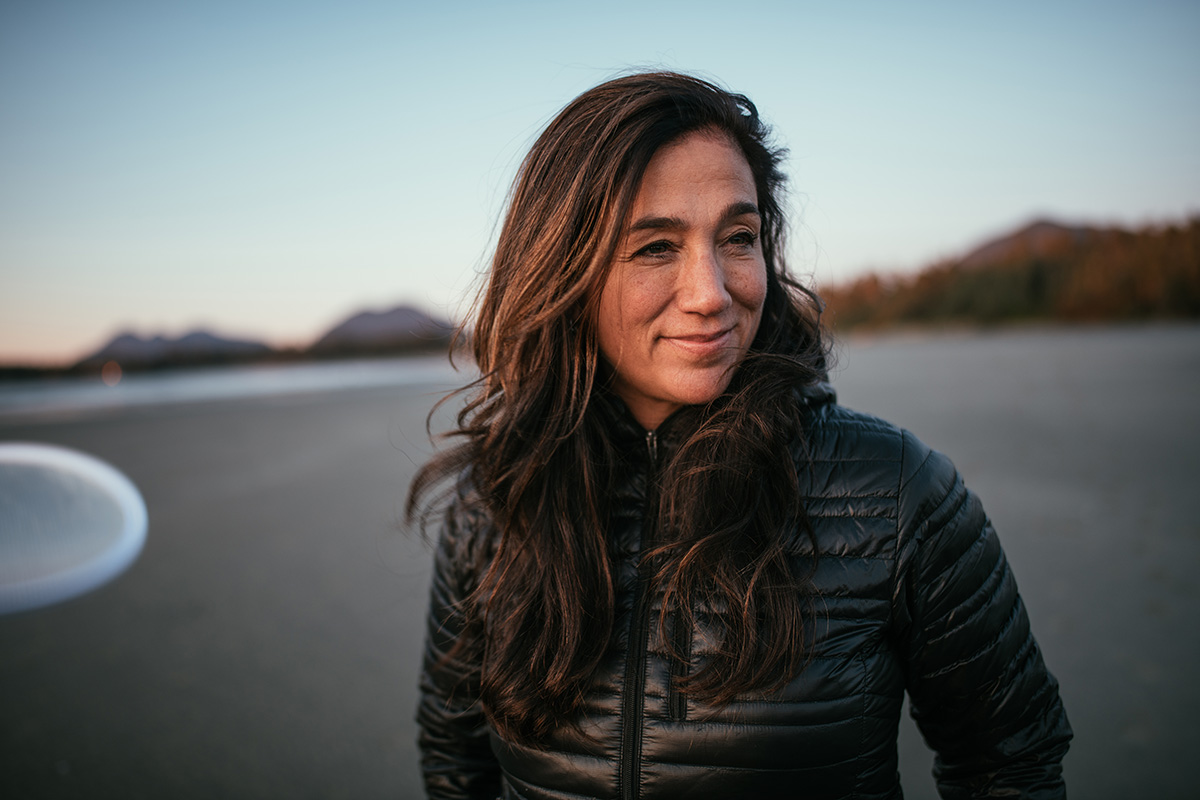
Along with partner Paul Nicklen, Cristina Mittermeier uses visual storytelling to campaign for whales, sharks, and other marine creatures and their habitats to be protected, showing spectacular wildlife, ocean-sized problems, and solutions. She is appearing at The Photography Show 2022 with a talk Enoughness.
Which of your projects do you think put you in the picture?
I think my work with the Kayapó people in the 1990s gave me the opportunity to share work that very few photographers had the opportunity to make. Access was what made a difference for me and the focus on the relationship of the people with the ecosystem. I will forever be grateful for the opportunity I was given to spend time, give a voice to other people's stories and be allowed to fail and learn on the job.
What's your photography 101?
Pick the right equipment for the job and do your research before starting. Photography is a discipline as much as it is an art form. To unleash your creativity, first, you need to know your equipment inside and out. I read the manuals, memorize the functions and dials, and familiarize myself with what the camera and lenses I have picked can do.
Then you can forget about equipment, and you can focus on the task of "seeing". Light is your best and most important ingredient. Learn to look for it, even when you don't have a camera. See what it does when it passes through objects like leaves or kelp. Play with the aperture to see what happens to reflections, refractions, and shadows. In my practice, I start with simple compositions, looking for a well-composed, well-lit image. I want to get something in the bag that is properly focused and usable.
Then you can move on to trying more creative approaches. I change my angle and perspective; I change my f-stop and my shutter speed. If the situation allows, I bring my strobes or flashes to create more dramatic lighting. For me, a successful image is one that I like and one that moves away from the formulas I have studied in other photographers. It is one that tells a story I am interested in sharing.
What's the biggest challenge in photographing people?
The biggest challenge in photographing people is to capture candid moments without intruding on people's space. Getting buy-in from your subjects requires a mix of attributes unique to every successful people photographer. I learned a lot from watching photographers like Steve McCurry work. He doesn't call attention to himself with flashy equipment or weird clothing.
He blends in, smiles a lot, works with a simple bag slung over his shoulder, and uses his charisma to engage with subjects as he works. Perhaps the best and most valuable ingredient, however, is time. Having the time to get people comfortable with your presence, spending time in communities, and working with leadership so that people understand why you are there. The worse mistake you can make is being disrespectful or appearing to have shady intentions. Nothing will get a subject to relax more than knowing that you are there to tell an honest story.
What's the most interesting shoot you've been on?
For many reasons, working on assignment for National Geographic in Hawaii was the most interesting shoot I have ever worked on. I spent six months working with my partner, Paul Nicklen, on a story about the relationship of the Hawaiian people to the ocean. Juggling the complexities of photographing people who live in marginalized communities who have real suspicion of outsiders. This, combined with the uncertainty of photographing in the raging surge of the ocean made for a very interesting shoot.
What's your dream-come-true project?
I am living one of my dreams as I travel on SeaLegacy 1, our sailing catamaran, to photograph the intersection of ocean wilderness and coastal communities. We have been sailing now for almost two years. The journey has taken me to amazing locations and communities in The Bahamas, where I have been able to help create real change in marine protection, all the way to the Galapagos Islands, where we spent three months diving in some of the most remote locations, and all the way back to my native Mexico, where we are working with colleagues and friends I have known for many decades to create vast marine national parks to support coastal fishermen and protect wildlife. A dream come true.
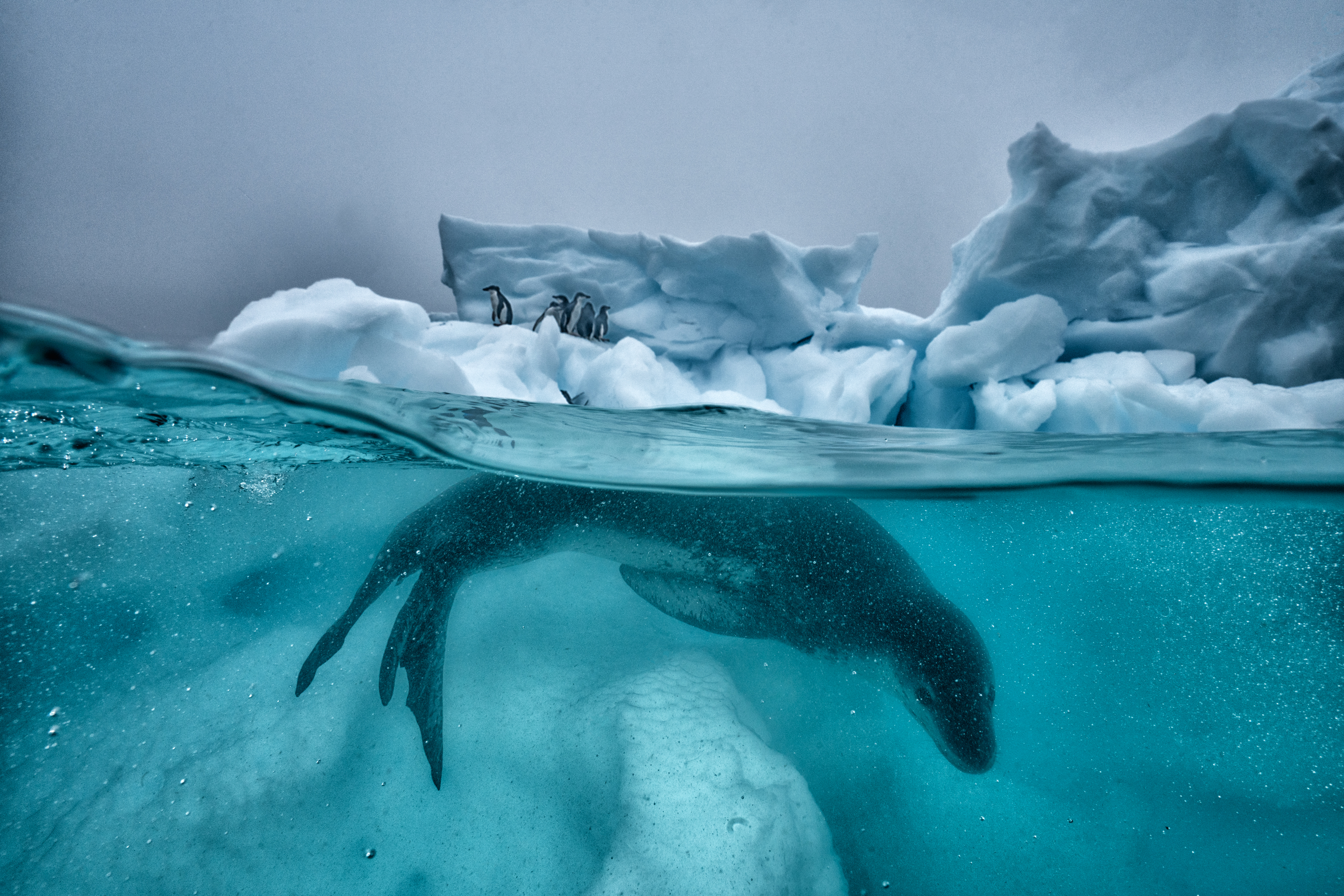
Where will pro photography be in 10 years?
The advent of more and more technological advances means that photography today is already very different from what it was when I came through the ranks. Hopefully, photographers will not completely rely on the computers inside their cameras to make all the decisions and will strive to learn the techniques and principles that have guided photography until now. Good old composition, lighting, creative use of shutter speeds and perspectives continue to be the bread and butter of good photography. Technology can simplify, enhance, augment and expand our photographic abilities, but it cannot replace knowledge and good technique.
If you like to experiment with different films and cameras - what's your favourite and why?
I have never been a camera geek. I have used every camera, from single reflex film cameras to medium format cameras, to the latest digital technology, and for me, the thrill is in the art, not in the equipment. I am lucky that I get to work with equipment that I can simply forget about. Knowing my cameras so well allows me to make the equipment an extension of my creative mind and not the focus of my attention. I am honored to be a Sony Artisan of Imagery and work exclusively with Sony equipment.
You may also like the best waterproof camera and the best camera for wildlife photography. Find out more about The Photography Show.
The best camera deals, reviews, product advice, and unmissable photography news, direct to your inbox!

Lauren is a writer, reviewer, and photographer with ten years of experience in the camera industry. She's the former Managing Editor of Digital Camera World, and previously served as Editor of Digital Photographer magazine, Technique editor for PhotoPlus: The Canon Magazine, and Deputy Editor of our sister publication, Digital Camera Magazine. An experienced journalist and freelance photographer, Lauren also has bylines at Tech Radar, Space.com, Canon Europe, PCGamesN, T3, Stuff, and British Airways' in-flight magazine. When she's not testing gear for DCW, she's probably in the kitchen testing yet another new curry recipe or walking in the Cotswolds with her Flat-coated Retriever.
